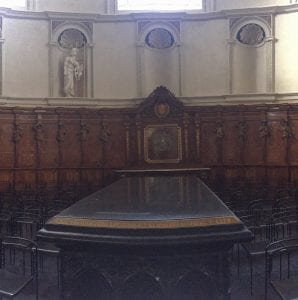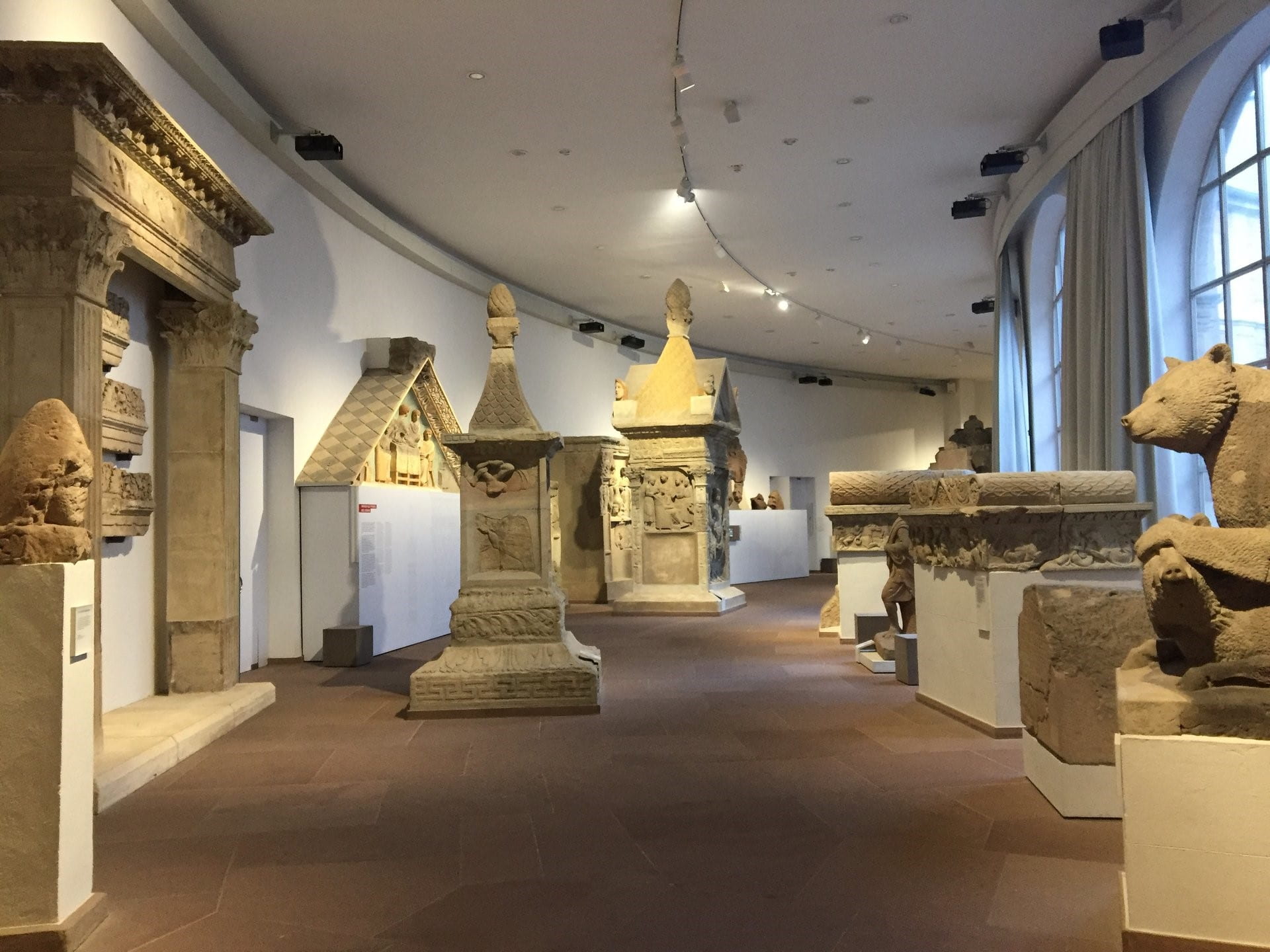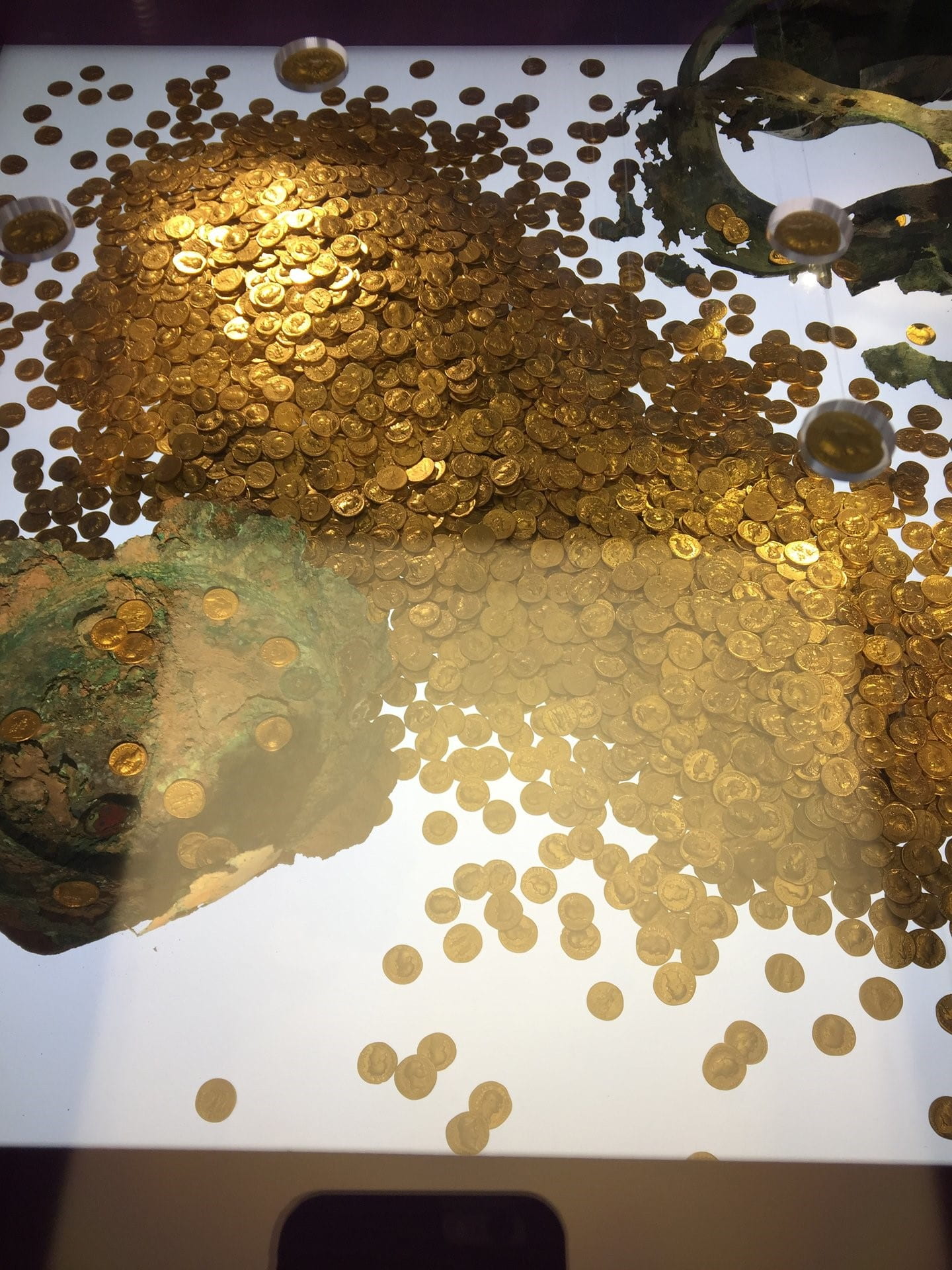On a personal note, by virtue of opinion and objective analysis, I am concretely opposed to the idea of Valentine’s Day. Capitalizing on romantic love, the inherent insinuation that romance needs to be a part of everyone’s life and the associated negative feelings that come to those who do not have this idealized love to celebrate on this day, and the general heteronormativity of the day are the reasons that I am opposed to Valentine’s Day. However, as a human, I am prone to irrationally contradict my beliefs, so I love Valentine’s Day. I always imagine these fantastical situations where I meet the man of my dreams and spend an unforgettable day with him – and am constantly disappointed when this is not the case.
This year for Valentine’s Day, I controlled myself. I said, “Self, you are not in a  position to find love, and you should just live this day like any other.” So, I decided to treat myself and go see the new film Black Panther. (On a side-note, this film was absolutely amazing. I am not a fan of action movies nor superhero movies, but this film was so much better than I anticipated, and I recommend it to anyone and everyone.)
position to find love, and you should just live this day like any other.” So, I decided to treat myself and go see the new film Black Panther. (On a side-note, this film was absolutely amazing. I am not a fan of action movies nor superhero movies, but this film was so much better than I anticipated, and I recommend it to anyone and everyone.)
I did some research and decided that on this Wednesday night I would go to Strasbourg, watch the movie and come home. Fast-forward two days where I meet not exactly the man of my dreams, but an interesting and fun guy. I decide to invite him to see the film with me and he accepts. I am, for the first time in my life, going to have a date on Valentine’s Day. Also, he is French, so this also provides an opportunity for me to practice my French and see what dating is like in France.
On Valentine’s Day, I wake up, go to class, rush home to primp, and then head to the train station. My unnamed companion said he would meet me at the train station after his dentist appointment. (I know! Just like in the movies.) So, I put on my best outfit head to the train station. Because I was ridiculously nervous, I got to the station an hour early—a full 2 hours after his dentist appointment. When I get there, I send him a message to let him now I am there and that I am excited. (At this point, I feel compelled to tell you that I am generally needy and stress out over radio silence. Friends, family, no matter who it is, I cannot stand being ignored.) I sit in the Metz train station, pedaling the bike powered charger, trying to read, and anxiously checking my phone. 5, 10, 15, 20 minutes drag by without a response. I tell myself at the 37-minute mark I will follow-up, just to make sure that he has received the message. Of course, I cave and send a follow up message at the 28-minute mark. Time slowly passes without a response.
Now counting time from my message turns into counting time before the train leaves. At the 15-minute mark, I tell myself he is going to stand me up. At the 13-minute mark, I invent an elaborate plan on his part that includes showing up with flowers. At the 10-minute mark, I board the train. At the 5-minute mark, I send a last message asking if he is coming. As the train takes off, I realize that I finally had a Valentine’s Day straight out of the movies. However, instead of the romantic gesture and unforgettable evening I imagines, I realized I am in the middle of the romantic comedy, where the couple faces an obstacle that causes heartbreak. (Not really heartbreak, but it sounds better.)
 I get to Strasbourg, eat a quick kebab (nothing has changed), go see the film, which, it bears repeating, was absolutely amazing, and head back to the train station. But, as if the evening could get worse, I realize I grossly miscalculated the time of the movie and the necessary time to return to the train station and I have missed the last train to Metz. I end up getting a room in a youth hostel, spend a quiet evening reading, and head back to Metz the next day.
I get to Strasbourg, eat a quick kebab (nothing has changed), go see the film, which, it bears repeating, was absolutely amazing, and head back to the train station. But, as if the evening could get worse, I realize I grossly miscalculated the time of the movie and the necessary time to return to the train station and I have missed the last train to Metz. I end up getting a room in a youth hostel, spend a quiet evening reading, and head back to Metz the next day.
This story, while it is fun to laugh at (no worries, I am able to laugh at it, so you can too), also opens the door for some more emotional or meaningful thoughts that I can share with you.
The first one I want to talk about is being gay in a foreign country. I am so fortunate to have an amazing support system and unending, unconditional (albeit suffocating) love from my family. But, that doesn’t mean that being gay is easy. I worry about being open with my sexuality in the States, despite this amazing support system, so traveling abroad can be especially daunting when it is coupled with being gay. (It shouldn’t be ignored that this abroad experience is still an incredibly privileged situation. I am a United States citizen, traveling with a university program, in countries where being gay is relatively well accepted.)
Being gay in France is definitely different than in the States. France legalized gay marriage in 2012 and French people are often known for their open and accepting attitude toward love. However, there are definitely other barriers in France. One of those is that French people guard their private life (la vie privée) sacredly. Whether it is religion or sexual orientation, French culture has a self-imposed “don’t ask, don’t tell” policy. There certainly are not student organizations that create spaces for gay students (or students of color, etc.). It’s not as harsh or strict as I have made it seem, but it is there nonetheless and incredibly difficult to explain or describe. Transitioning from my community in the States, where I am very open with my sexuality, to French circles makes me feel as though I am hiding a part of myself.
However, these are largely theoretical and internal barriers. The community of students at GTL are extremely accepting, and I have not run into a single problem! Also, all of my French friends that I have met are accepting and welcoming, although surprised by the casualness with which I reference my sexuality and how it influences my life.
All this to say: Valentine’s Day is a scam.
I know I usually don’t add a phrase of the week for the mid-week posts, but there is a phrase that goes so well with this post that I have to add it! Lucky you! “Ça ne tombera pas plus bas.” Literally meaning “it will not fall any lower,” is used to mean that the situation cannot get worse, you can only go up from here. This is what I said to myself as I got stood-up, only to find that “Ca tombera plus bas encore.” And I would miss the train home!

 The ravages of war as well as efforts to obliterate evil leave few visible traces of the 20th century. Brandenburg Tor remains one of the most famous relics of Berlin’s more distant past. The hotel opposite it also survived over 300 bombings during WWII, yet could not make it through one Russian party where the celebration of victory resulted in accidentally burning down the building. The rebuilt hotel now has a bulletproof penthouse that costs €26,000 per night (no breakfast included) and is the famous site of such events as Michael Jackson dangling his child out the window. A more somber example of this trend of demolition can be found in front of a nearby apartment complex. Here, a parking lot where dogs are often brought to pee covers the location of Hitler’s bunker. This, as well as the destruction of other reminders represents Berlin’s efforts to leave no memorial to wrongdoers and instead rebuild anew.
The ravages of war as well as efforts to obliterate evil leave few visible traces of the 20th century. Brandenburg Tor remains one of the most famous relics of Berlin’s more distant past. The hotel opposite it also survived over 300 bombings during WWII, yet could not make it through one Russian party where the celebration of victory resulted in accidentally burning down the building. The rebuilt hotel now has a bulletproof penthouse that costs €26,000 per night (no breakfast included) and is the famous site of such events as Michael Jackson dangling his child out the window. A more somber example of this trend of demolition can be found in front of a nearby apartment complex. Here, a parking lot where dogs are often brought to pee covers the location of Hitler’s bunker. This, as well as the destruction of other reminders represents Berlin’s efforts to leave no memorial to wrongdoers and instead rebuild anew.  for the Jews killed in the Holocaust was the most striking experience for me. This cannot be adequately experienced in any way other than in person. Pictures make it impossible to see its magnitude or depth. These unassuming cement blocks transform into a momentous weight when in their presence. It looks like a cemetery, yet unmarked and uniform, recalling the dehumanization of this population. As you enter, the ground waves up and down, disorienting, but trends downwards as the blocks do so upwards. By the middle, the blocks double or triple human height. They are simply so massive as to force consideration of the weighty events they represent.
for the Jews killed in the Holocaust was the most striking experience for me. This cannot be adequately experienced in any way other than in person. Pictures make it impossible to see its magnitude or depth. These unassuming cement blocks transform into a momentous weight when in their presence. It looks like a cemetery, yet unmarked and uniform, recalling the dehumanization of this population. As you enter, the ground waves up and down, disorienting, but trends downwards as the blocks do so upwards. By the middle, the blocks double or triple human height. They are simply so massive as to force consideration of the weighty events they represent. We happened to be in the city on the weekend after the celebration of the wall having been down for as long as it was up: 28 years, two months and 27 days. Again, the immediacy of this history is startling. I look around and see one united city, yet can still find segments of the wall and people telling stories of their time when it was up.
We happened to be in the city on the weekend after the celebration of the wall having been down for as long as it was up: 28 years, two months and 27 days. Again, the immediacy of this history is startling. I look around and see one united city, yet can still find segments of the wall and people telling stories of their time when it was up. 
 it? Because salmon usually swim upstream, so if a salmon was swimming downstream, it would be going the opposite direction of all the other salmon, so this salmon would feel like an American in the Lyon train station.)
it? Because salmon usually swim upstream, so if a salmon was swimming downstream, it would be going the opposite direction of all the other salmon, so this salmon would feel like an American in the Lyon train station.) the center of “Vieux Lyon” (historic Lyon, literally “Old Lyon”). I walk around and find directions to a theatre because I bought a ticket for a play. I get to the place, called “Théâtre le nombril du monde,” and check in. There is a bar part that is separate from the theatre, where you can wait until the show starts. So, I waited around and made small talk with the other people there.
the center of “Vieux Lyon” (historic Lyon, literally “Old Lyon”). I walk around and find directions to a theatre because I bought a ticket for a play. I get to the place, called “Théâtre le nombril du monde,” and check in. There is a bar part that is separate from the theatre, where you can wait until the show starts. So, I waited around and made small talk with the other people there. On Saturday morning I woke up with 0 plans for the day. I decided to start off by walking around the Hotêl de Ville area, this time in the daylight. It was beautiful again. I looked inside the courtyard of the Musée des Beaux Arts but didn’t have time for a full visit. For lunch, I found a cute little bagel shop, that turned out to be an American-themed restaurant. Everything was in wood: the walls, the tables, the plates. The walls were covered with old-school American advertisements for milkshakes and bubble gum. It was a quaint lunch, and I got a turkey bagel with a side of nachos with guacamole. (It was the worst guacamole I had ever had, but the rest of the meal was pretty good.)
On Saturday morning I woke up with 0 plans for the day. I decided to start off by walking around the Hotêl de Ville area, this time in the daylight. It was beautiful again. I looked inside the courtyard of the Musée des Beaux Arts but didn’t have time for a full visit. For lunch, I found a cute little bagel shop, that turned out to be an American-themed restaurant. Everything was in wood: the walls, the tables, the plates. The walls were covered with old-school American advertisements for milkshakes and bubble gum. It was a quaint lunch, and I got a turkey bagel with a side of nachos with guacamole. (It was the worst guacamole I had ever had, but the rest of the meal was pretty good.) hippy-dippy but bear with me. At one point on my walking journey, I stopped in a little park covered in pebbles nudged between two buildings. I sat down to just enjoy the scenery and closed my eyes and just listened. At first all I heard were the cars on the road nearby. Then, slowly, new sounds started showing up. Peoples feet crunching the pebbles, a woman spraying her hairspray with an open window, and the last sound to come was birds chirping. It was a really beautiful moment to sit there, do nothing, and just enjoy the hustle and bustle of the city around me. I know that it sounded super wanna-be artsy, but you should all try it whenever you visit somewhere new.
hippy-dippy but bear with me. At one point on my walking journey, I stopped in a little park covered in pebbles nudged between two buildings. I sat down to just enjoy the scenery and closed my eyes and just listened. At first all I heard were the cars on the road nearby. Then, slowly, new sounds started showing up. Peoples feet crunching the pebbles, a woman spraying her hairspray with an open window, and the last sound to come was birds chirping. It was a really beautiful moment to sit there, do nothing, and just enjoy the hustle and bustle of the city around me. I know that it sounded super wanna-be artsy, but you should all try it whenever you visit somewhere new. thank you Crous for the cheap meals) to buy tickets to all three operas offered by
thank you Crous for the cheap meals) to buy tickets to all three operas offered by  provided on a handy screen above the stage. In French. While I have taken a few years of French, I am not particularly fluent and have forgotten most of it in the years since my instruction.
provided on a handy screen above the stage. In French. While I have taken a few years of French, I am not particularly fluent and have forgotten most of it in the years since my instruction. skyscrapers strain around historic landmarks, but the trip was inspired by a desire to rest my injured ankle. Frankfurt is known for some of the best public transportation in Europe. Everyone seems to just step on the trains, but just as I was contemplating whether the tickets were only an obligation for unaware tourists, I noticed a sign translated into English scolding that it was “never less worth it” and how deep the fines were for that very act. I still ended up walking over 10 miles the first day, feeling great and excited to get to know the city I hadn’t researched beyond its trains.
skyscrapers strain around historic landmarks, but the trip was inspired by a desire to rest my injured ankle. Frankfurt is known for some of the best public transportation in Europe. Everyone seems to just step on the trains, but just as I was contemplating whether the tickets were only an obligation for unaware tourists, I noticed a sign translated into English scolding that it was “never less worth it” and how deep the fines were for that very act. I still ended up walking over 10 miles the first day, feeling great and excited to get to know the city I hadn’t researched beyond its trains. 





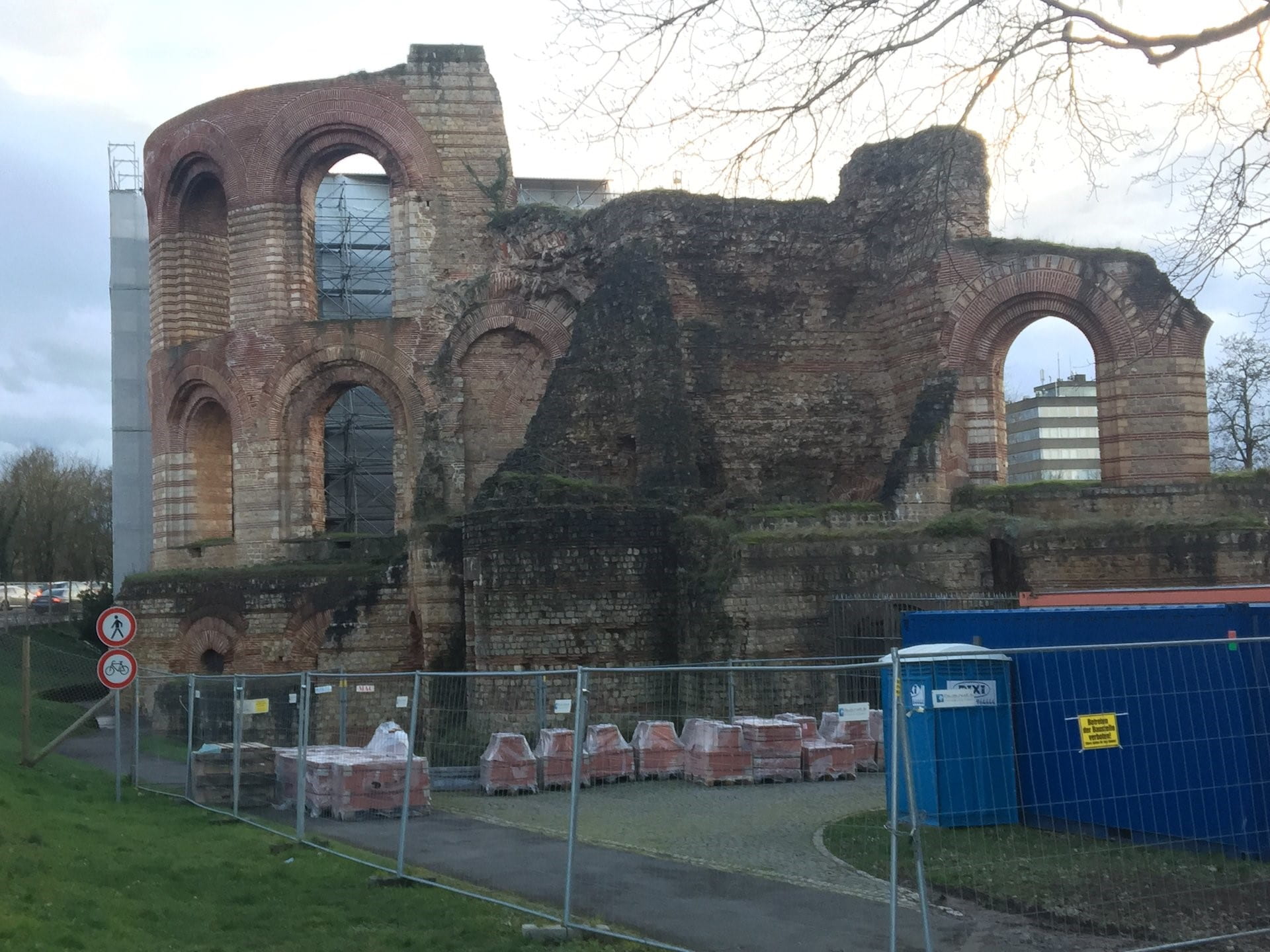



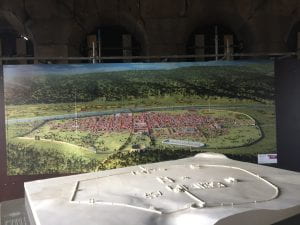

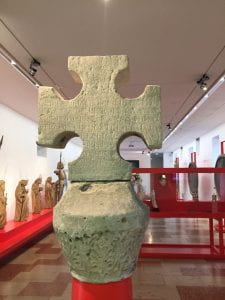
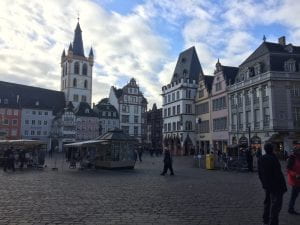 Baldwin of Luxembourg took the position from 1307 to 1354. He was elected into the position at 22 years old, and was very reluctantly recognized by the people of Trier. During his term, he greatly expanded the city’s territory and made it quite prosperous.
Baldwin of Luxembourg took the position from 1307 to 1354. He was elected into the position at 22 years old, and was very reluctantly recognized by the people of Trier. During his term, he greatly expanded the city’s territory and made it quite prosperous.